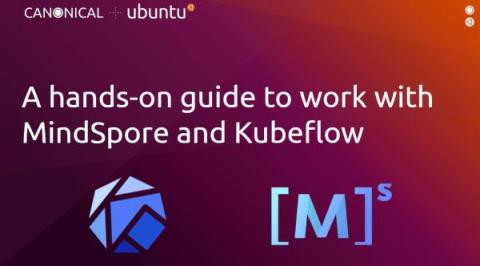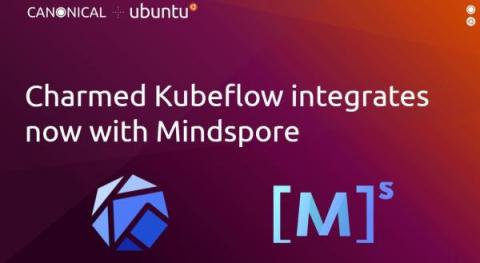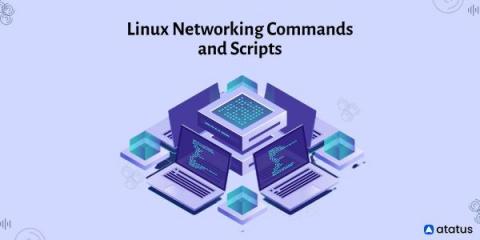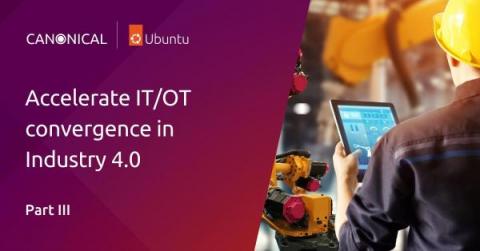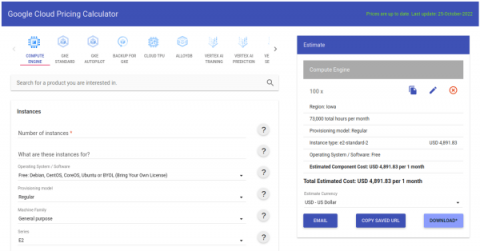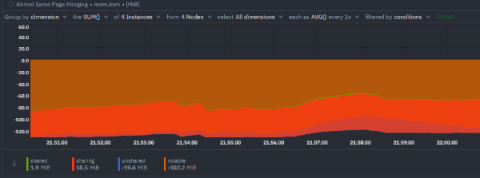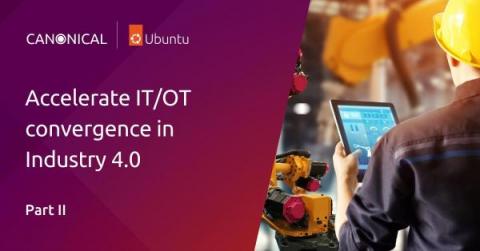A hands-on guide to work with MindSpore on Kubeflow
Looking at the report that Gartner did in 2022 regarding top technology trends, AI engineering represents an important pillar in the near future. It is composed of three core technologies: DataOps, MLOps and DevOps.The discipline’s main purpose is to develop AI models that can quickly and continuously provide business value. For instance, models that enable cross-functional collaboration, automation, data analysis, and machine learning.


